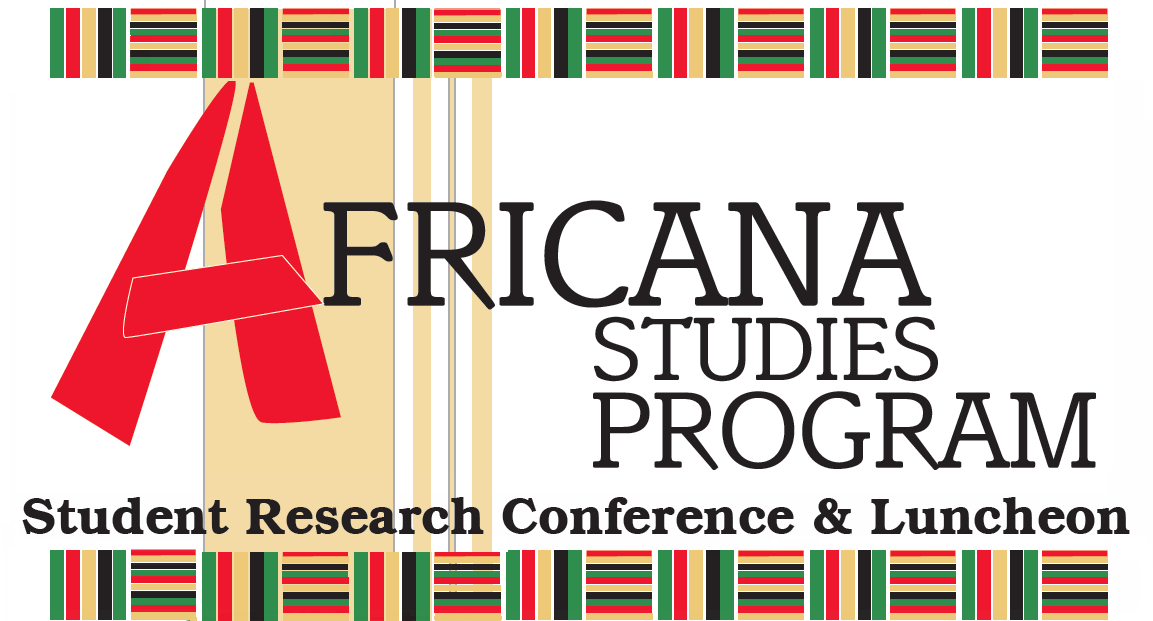Degree Program
Graduate
Major
Communication and Development Studies
Abstract
This paper adopts the traditional perspective of rhetorical criticism by Aristotle to analyze the speech that is said to have made Barrack Hussein Obama, the President of United States of America. The traditional perspective has been used to explain advertisements, novels, films and for the most part speeches. Concepts that form the construct of the traditional criticism are used to describe, interpret, evaluate and make subtle judgments about the rhetorical artifact. In order to achieve this, Aristotle proposed three elements for rhetorical analysis of an individual’s performance to a target audience within a span of time: (i) the speaker or source is the person or team that work on the artifact (ii) the message is what is formulated to be presented, and (iii) the audience is those who are addressed (Kuypers, 2003: p70). The message has interrelated characteristics such as (i) logos, which is the appeal to logical reasoning (ii) ethos, which is the appeal to ethics and (iii) pathos, which is the appeal to emotions. The audience is categorized into three kinds according to purpose: (i) forensic discourse, which could be jurors that decide a public or private action in the past (ii) deliberative discourse, which could be legislators who decide on a public or private action in the future, and (iii) epideictic discourse, which could be spectators who come to an event such as the commemoration of a person (Kuypurs, 2003: p72). Meanwhile, traditional criticism is very much contextual, which is divided into two parts: the physical setting of an event and the socio-political context out of which the rhetoric was necessitated (Kuypurs, 2003: p71).
Start Date
23-2-2018 1:30 PM
End Date
23-2-2018 2:45 PM
Included in
The Relevance of the Message to Time and Space: President Barack Hussein Obama Speaking
This paper adopts the traditional perspective of rhetorical criticism by Aristotle to analyze the speech that is said to have made Barrack Hussein Obama, the President of United States of America. The traditional perspective has been used to explain advertisements, novels, films and for the most part speeches. Concepts that form the construct of the traditional criticism are used to describe, interpret, evaluate and make subtle judgments about the rhetorical artifact. In order to achieve this, Aristotle proposed three elements for rhetorical analysis of an individual’s performance to a target audience within a span of time: (i) the speaker or source is the person or team that work on the artifact (ii) the message is what is formulated to be presented, and (iii) the audience is those who are addressed (Kuypers, 2003: p70). The message has interrelated characteristics such as (i) logos, which is the appeal to logical reasoning (ii) ethos, which is the appeal to ethics and (iii) pathos, which is the appeal to emotions. The audience is categorized into three kinds according to purpose: (i) forensic discourse, which could be jurors that decide a public or private action in the past (ii) deliberative discourse, which could be legislators who decide on a public or private action in the future, and (iii) epideictic discourse, which could be spectators who come to an event such as the commemoration of a person (Kuypurs, 2003: p72). Meanwhile, traditional criticism is very much contextual, which is divided into two parts: the physical setting of an event and the socio-political context out of which the rhetoric was necessitated (Kuypurs, 2003: p71).


